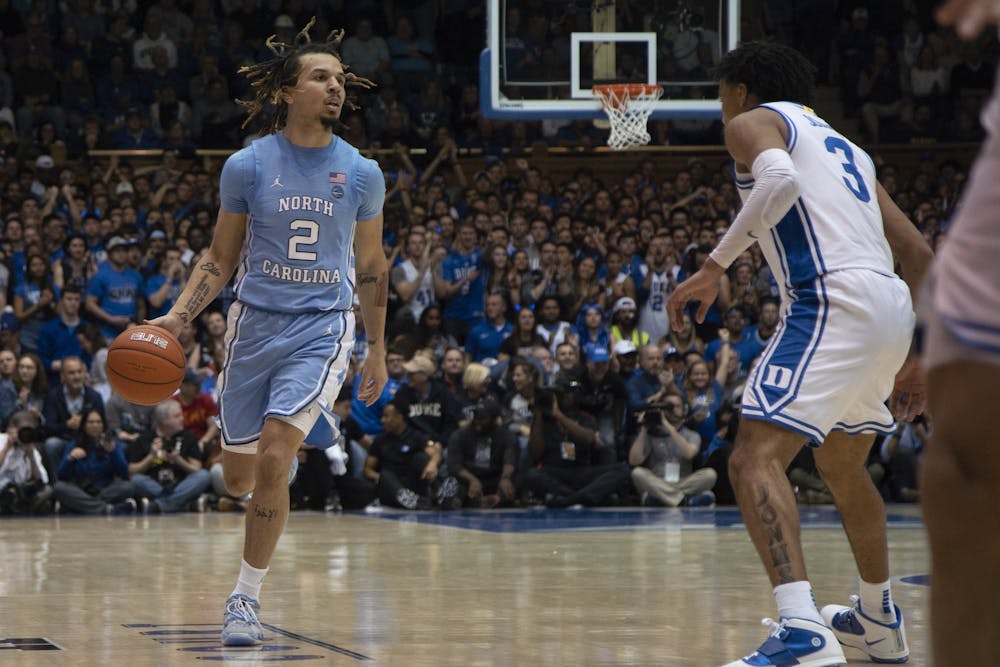It all happened so quickly.
Things were looking up for the North Carolina basketball team after leaving the Battle 4 Atlantis Tournament with a close victory over then-No. 11 Oregon. But then, the collapse started.
The Tar Heels were 6-1, ranked No. 7 in the nation, and Cole Anthony was living up to expectations following the win over the Ducks. Things abruptly changed after one fateful night in the Smith Center on Dec. 4. Billed as one of the biggest matchups in the ACC/Big Ten Challenge, No. 6 Ohio State traveled to Chapel Hill and beat the brakes off of North Carolina to the tune of a 74-49 win.
Later in the week, the Tar Heels dropped a game at Virginia and fell to No. 17 in the AP Poll.
When Anthony sat out a chunk of the season due to meniscus surgery, the Tar Heels went 4-7 and played themselves out of the NCAA Tournament with losses to the likes of Wofford, Georgia Tech and Pittsburgh.
So what happened, exactly?
The team was without a point guard during a stretch of games that could make or break its season. The Tar Heels had the opportunity to pick up a big resume-boosting win against Gonzaga, but for the most part, the chunk of the schedule Anthony missed was a bunch of games they couldn't afford to lose. And they lost some of them.
If UNC hadn't suffered those aforementioned losses to Wofford, Georgia Tech, Clemson and Pittsburgh, it was looking at a solid record in the ACC and a good shot at earning an at-large bid to the NCAA Tournament.
Instead, North Carolina relied on a revolving door at the point guard spot between Jeremiah Francis and Leaky Black. The two combined to average 12.4 points per game in Anthony's absence, not close to his 19.1 points per game prior to injury.



